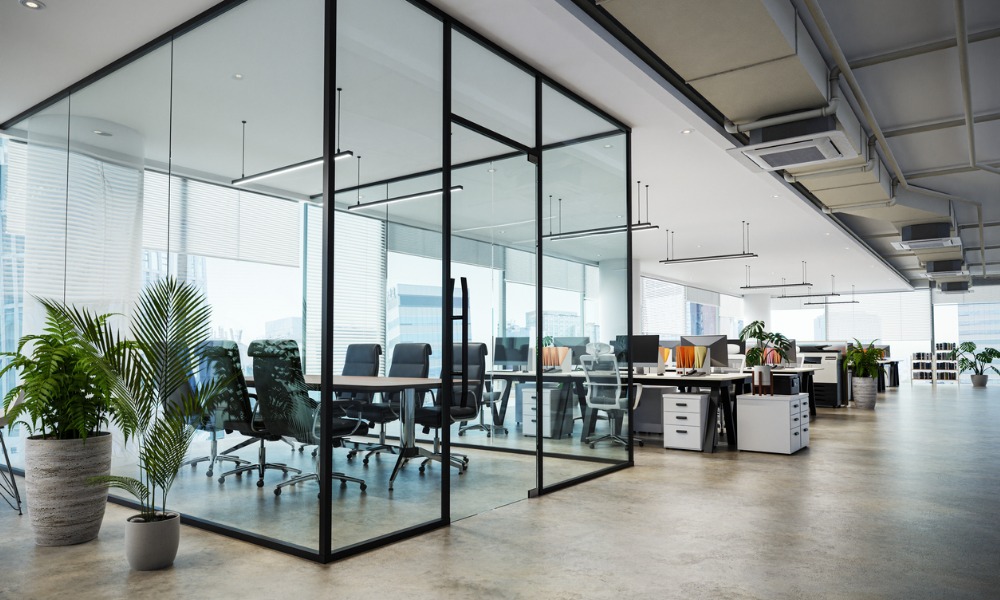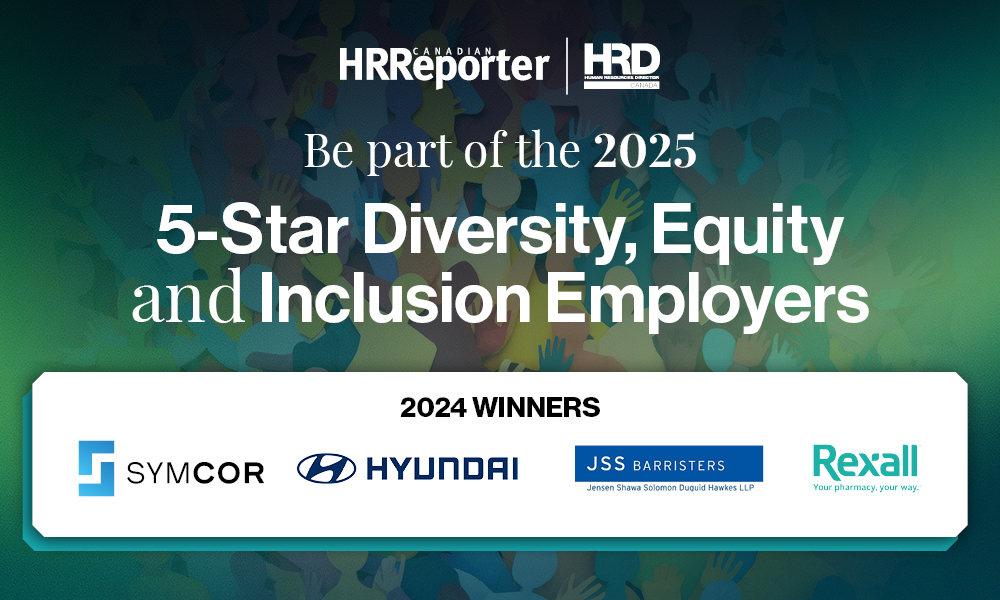Technology infrastructure, connectivity most important for in-office design, say employees

Most Canadian workers are OK with heading back to the office – but employers do not seem to be ready to meet their needs, according to a report.
Overall, 76 per cent of Canadian companies are choosing to partially or fully mandate a return to the office. And 64 per cent of employees support their organization’s mandate.
Workers want to be in the office to collaborate (58 per cent), ideate (27 per cent) and foster connections with colleagues (28 per cent). However, current workspaces do not meet this need, according to the report from Cisco.
Over eight in 10 (83 per cent) employers allocate at least half the office to individual workstations. As a result, only 40 per cent of employees say their offices are very well prepared to support changing hybrid work needs.
“Companies in 2024 need to invest strategically to create spaces that are a magnet for employees,” says Shannon Leininger, president, Cisco Canada. “The backbone of modern workspaces lies in robust, AI-enabled technology infrastructure and seamless, secure connectivity. To meet the evolving needs of employees, workspaces will need to be reimagined and built for purpose.”
While no single organization seems to have cracked the code on the perfect mix of hybrid and in-person, some employers are looking to creative workspaces as the best enticement, according to a previous report.
What is important for modern office design?
When it comes to the modern in-office design, both employees and employers agree that technology is foundational, according to Cisco’s survey of 150 Canadian employers and 500 Canadian employees in January and February 2024.
For employees, technology infrastructure and connectivity (93 per cent) are the most important in-office design. This is followed by layout and seating arrangements (90 per cent) and collaboration and meeting spaces (86 per cent).
More than half (53 per cent) of workers also believe that artificial intelligence (AI)-powered meeting room devices would be most useful to them. However, only 36 per cent of employers plan to invest in them.
Also, while 81 per cent of employees agree AI-assistant tools would be most useful to them, only 61 per cent of employers intend to invest in these features.
The office environment can contribute to workplace stress, according to a previous Cisco report.
Most employers have already made some adjustments to the workplace, with about two-thirds (64 per cent) having redesigned their office in the wake of the pandemic or are planning to do so in the next 24 months.
Their primary points of focus are regular enhancements to workspace layouts (63 per cent) and technology features (60 per cent).
However, few plan to prioritize AI technology in their office redesign (21 per cent) or have allocated a budget for cybersecurity (18 per cent).
“It is critical businesses allocate resources and focus on AI and cybersecurity,” says Cisco. “AI will fuel significant transformation for businesses that can successfully harness it and a strong cybersecurity posture will ensure that every organization, including its data, its people and its customers, is protected.”
What is the trend in office design?
Here are some of the office trends in 2024, as Intersit shares via LinkedIn:
- Sustainable workspaces: As environmental consciousness grows, offices are embracing sustainable practices. From eco-friendly furniture choices to energy-efficient designs, sustainability is at the core.
- Technology integration: The seamless integration of technology is reshaping work processes. Smart offices with IoT devices, AI-driven solutions, and collaborative platforms are becoming the norm.
- Emphasis on collaboration spaces: The need for collaboration endures. Designing spaces that encourage teamwork, brainstorming, and spontaneous interactions remains crucial.
- Inclusive design: Diversity and inclusion are not just HR buzzwords; they are now integral to office design. Spaces that accommodate different needs and foster a sense of belonging are gaining traction.
- Focus on employee experience: The overall experience of employees within the workspace is a key focus. Companies are investing in creating environments that enhance job satisfaction and productivity.




